Reblog This To End Lives
reblog this to end lives
More Posts from Badlems and Others










I’m never gonna have any other friends besides Demetri.

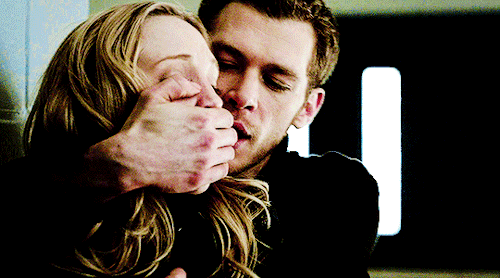
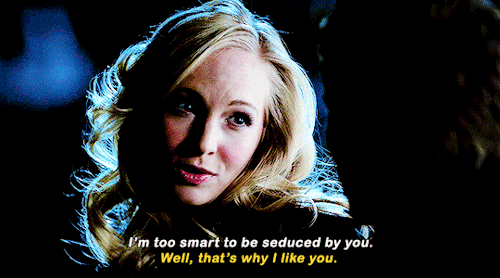
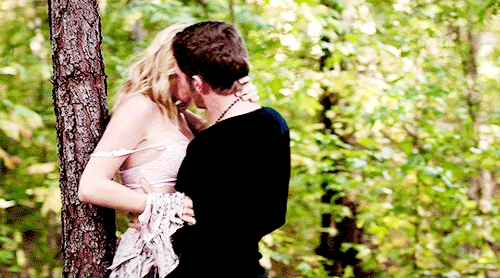

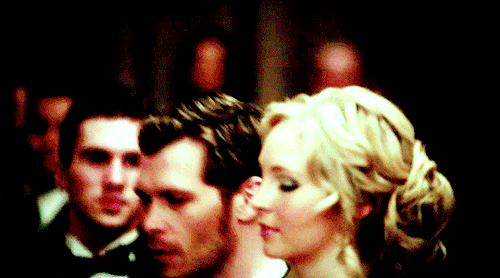

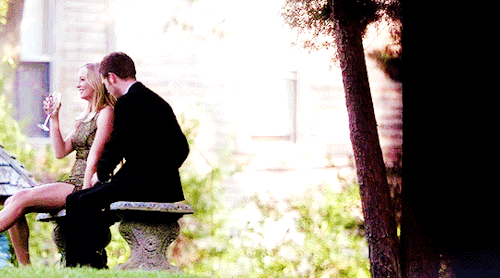

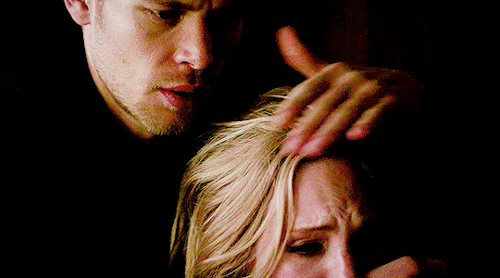
every romantic tvd ship in chronological order: klaus mikaelson and caroline forbes
The As, Gs, Cs and Ts of the Space Station: First In-Space Microbe Identification
Being able to identify microbes in real-time aboard the International Space Station, without having to send them back to Earth for identification first, would be totally amazing for the world of microbiology and space exploration.

The Genes in Space 3 team turned that possibility into a reality this year, when it completed the first-ever sample-to-sequence process entirely aboard the space station.
The ability to identify microbes in space could aid in the ability to diagnose and treat astronauts in real time, as well as assisting in the identification of life on other planets. It could also benefit other experiments aboard the space station.
HELPFUL SCIENCE HINT: Identifying microbes involves isolating the DNA of samples, and then amplifying – or making lots and lots (and LOTS) of copies - of that DNA that can then be sequenced, or identified.
As part of regular monitoring, petri plates were touched to various surfaces of the space station. NASA astronaut Peggy Whitson transferred cells from growing bacterial colonies on those plates into miniature test tubes, something that had never been done before in space (first OMG moment!).

Once the cells were successfully collected, it was time to isolate the DNA and prepare it for sequencing, enabling the identification of the unknown organisms – another first for space microbiology.
Enter Hurricane Harvey. *thunder booms*

“We started hearing the reports of Hurricane Harvey the week in between Peggy performing the first part of collecting the sample and gearing up for the actual sequencing,” said Sarah Wallace, the project’s primary investigator.
When our Johnson Space Center (JSC) in Houston became inaccessible due hurricane conditions, Marshall Space Flight Center’s Payload Operations Integration Center in Huntsville, Alabama worked to connect Wallace to Whitson using Wallace’s personal cell phone.
With a hurricane wreaking havoc outside, Wallace and Whitson set out to make history.

The data were downlinked to the team in Houston for analysis and identification.
“Once we actually got the data on the ground we were able to turn it around and start analyzing it,” said Aaron Burton, the project’s co-investigator. “You get all these squiggle plots and you have to turn that into As, Gs, Cs and Ts.”
Those As, Gs, Cs and Ts are more than just a nerdy alphabet – they are Adenine, Guanine, Cytosine and Thymine – the four bases that make up each strand of DNA and can tell you what organism the strand of DNA came from.

“Right away, we saw one microorganism pop up, and then a second one, and they were things that we find all the time on the space station,” said Wallace. “The validation of these results would be when we got the sample back to test on Earth.”
Soon after, the samples returned to Earth aboard the Soyuz spacecraft, along with Whitson.
With the samples now in the team’s JSC lab, tests were completed in ground labs to confirm the findings from the space station. They ran the tests again and again, and then once more, to confirm accuracy. Each time, the results were exactly the same on the ground as in orbit. (second OMG moment!)

“We did it. Everything worked perfectly,” said Sarah Stahl, microbiologist.
This capability could change future space exploration.
“As a microbiologist,” said Wallace, “My goal is really so that when we go and we move beyond ISS and we’re headed towards Mars or the moon or wherever we are headed to, we have a process that the crew can have that great understanding of the environment, based on molecular technology.”
For more information, follow @ISS_Research.
Make sure to follow us on Tumblr for your regular dose of space: http://nasa.tumblr.com.
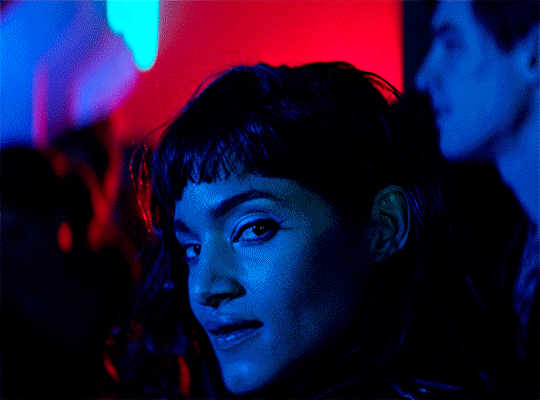
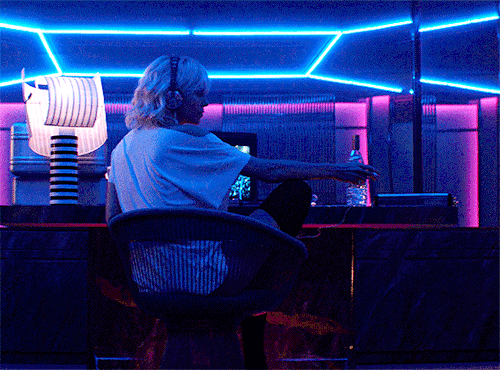
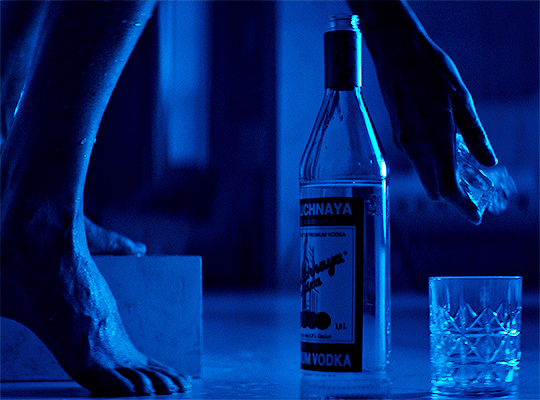
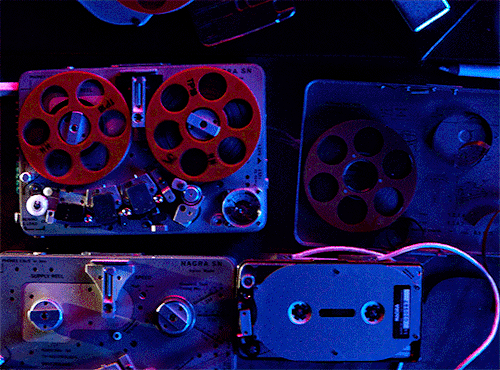
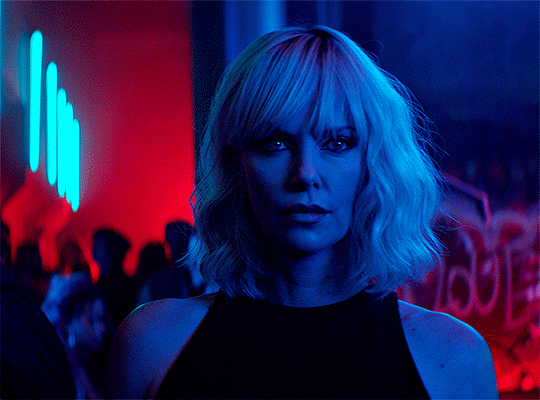
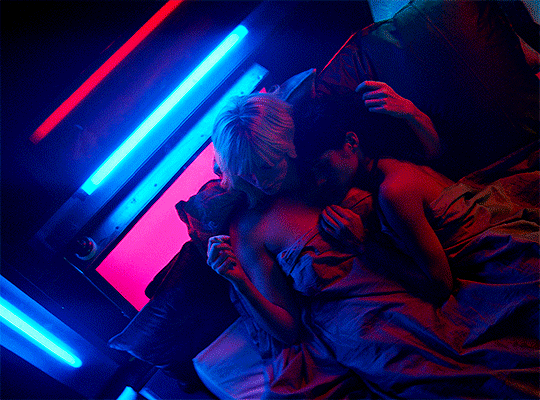
ATOMIC BLONDE (2017) dir. David Leitch









ANNE SHIRLEY + favorite looks



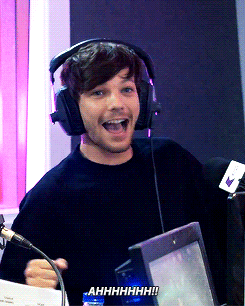
Louis’ reaction to winning a game.



Live in Buenos Aires, 1st March 1981









xiaojun + take over the moon era for anon ♡



I can’t stop thinking about the interview with Louis this morning and one of the things that keeps striking me, is the kindness. The fact Nick clearly planned something which would make Louis feel at ease. If you look at the first pictures, that’s Nick’s smile when he knows he’s going to play the clip where Niall says how important Louis was to the band. Nick KNOWS it’s a lovely clip, and he’s smiling like he’s looking forward to playing it for Louis and hearing it again himself.
Then look at how it makes Louis react. An uncontrollable smile, sweeping his hair back, sitting back in his chair, trying (and failing) to hide how chuffed he is and how happy it makes him feel. Leaning forwards and over the mic to listen, looking up at Nick as if to acknowledge that yeah, it’s nice to hear that and the smile’s back again. What’s Nick doing this whole time? Look at the next picture where Nick’s clearly stretched up in his chair and then at the one above where Louis looks up and he’s clearly making eye contact. Nick’s watching Louis react to every moment. The final screen grabs are from Nick saying how good he thought the Observer piece was when Louis brings it up. Louis says he hopes it was okay and Nick confirms, yes, really good and there’s Louis - proud as punch, completely at ease.
Nick makes some bad jokes sometimes and he has an odd sense of humour that can jar with people, but the more I watch this interview, the more I appreciate that he was fundamentally kind and encouraging towards someone who might seem mouthy but who has been proven to have much more self-doubt and complexity than some people gave him credit for. Nick is so, so good at what he does. I already knew it, but this interview definitely showed Nick’s talent for making people feel welcome and at ease, as well as Nick’s thoughtfulness and empathy which hits me right in the feels.
-
 ftzsimmos liked this · 3 years ago
ftzsimmos liked this · 3 years ago -
 wonuversesworld reblogged this · 3 years ago
wonuversesworld reblogged this · 3 years ago -
 usedtobereadingididntknowyou liked this · 4 years ago
usedtobereadingididntknowyou liked this · 4 years ago -
 i-want-a-revelation liked this · 4 years ago
i-want-a-revelation liked this · 4 years ago -
 yogichi liked this · 5 years ago
yogichi liked this · 5 years ago -
 dont-call-me-king-of-the-court liked this · 5 years ago
dont-call-me-king-of-the-court liked this · 5 years ago -
 wanda712 liked this · 5 years ago
wanda712 liked this · 5 years ago -
 sparklycoloroafdreamer-blog liked this · 5 years ago
sparklycoloroafdreamer-blog liked this · 5 years ago -
 crystal-snow1-blog liked this · 5 years ago
crystal-snow1-blog liked this · 5 years ago -
 rayofsunrb liked this · 5 years ago
rayofsunrb liked this · 5 years ago -
 trianamars liked this · 5 years ago
trianamars liked this · 5 years ago -
 daechwitad-2 reblogged this · 5 years ago
daechwitad-2 reblogged this · 5 years ago -
 daechwitad-2 liked this · 5 years ago
daechwitad-2 liked this · 5 years ago -
 mozy-j liked this · 5 years ago
mozy-j liked this · 5 years ago -
 jungkookie97sblog reblogged this · 5 years ago
jungkookie97sblog reblogged this · 5 years ago -
 jungkookie97sblog liked this · 5 years ago
jungkookie97sblog liked this · 5 years ago -
 hualiancity reblogged this · 5 years ago
hualiancity reblogged this · 5 years ago -
 blankspacebegforit1989 liked this · 5 years ago
blankspacebegforit1989 liked this · 5 years ago -
 futuristiclovezone95 reblogged this · 5 years ago
futuristiclovezone95 reblogged this · 5 years ago -
 futuristiclovezone95 liked this · 5 years ago
futuristiclovezone95 liked this · 5 years ago -
 wequicklyfriedcollection-blog reblogged this · 5 years ago
wequicklyfriedcollection-blog reblogged this · 5 years ago -
 wequicklyfriedcollection-blog liked this · 5 years ago
wequicklyfriedcollection-blog liked this · 5 years ago -
 clarz reblogged this · 5 years ago
clarz reblogged this · 5 years ago -
 yumemirei liked this · 5 years ago
yumemirei liked this · 5 years ago -
 bctrlzzz liked this · 5 years ago
bctrlzzz liked this · 5 years ago -
 chocolateangel02 liked this · 5 years ago
chocolateangel02 liked this · 5 years ago -
 drewcito liked this · 5 years ago
drewcito liked this · 5 years ago -
 apirloparty liked this · 6 years ago
apirloparty liked this · 6 years ago -
 cheryley liked this · 6 years ago
cheryley liked this · 6 years ago -
 hobisbeech reblogged this · 6 years ago
hobisbeech reblogged this · 6 years ago -
 okaysofeedmejhopenow reblogged this · 6 years ago
okaysofeedmejhopenow reblogged this · 6 years ago -
 okayfeedmenow liked this · 6 years ago
okayfeedmenow liked this · 6 years ago -
 rhunzie liked this · 6 years ago
rhunzie liked this · 6 years ago -
 cassieluvspandas liked this · 6 years ago
cassieluvspandas liked this · 6 years ago -
 alefhzero liked this · 6 years ago
alefhzero liked this · 6 years ago -
 squishymamasboy liked this · 6 years ago
squishymamasboy liked this · 6 years ago -
 satisfyingtothesenses reblogged this · 6 years ago
satisfyingtothesenses reblogged this · 6 years ago -
 dannachaos liked this · 6 years ago
dannachaos liked this · 6 years ago -
 nambwii reblogged this · 6 years ago
nambwii reblogged this · 6 years ago -
 stardiary1cd567-blog liked this · 6 years ago
stardiary1cd567-blog liked this · 6 years ago -
 junkfoodkpop reblogged this · 6 years ago
junkfoodkpop reblogged this · 6 years ago -
 iric416 liked this · 6 years ago
iric416 liked this · 6 years ago

20. she/her - bisexual / nct&exo / markhyuck enthusiast / @badlem_ on twitter
211 posts